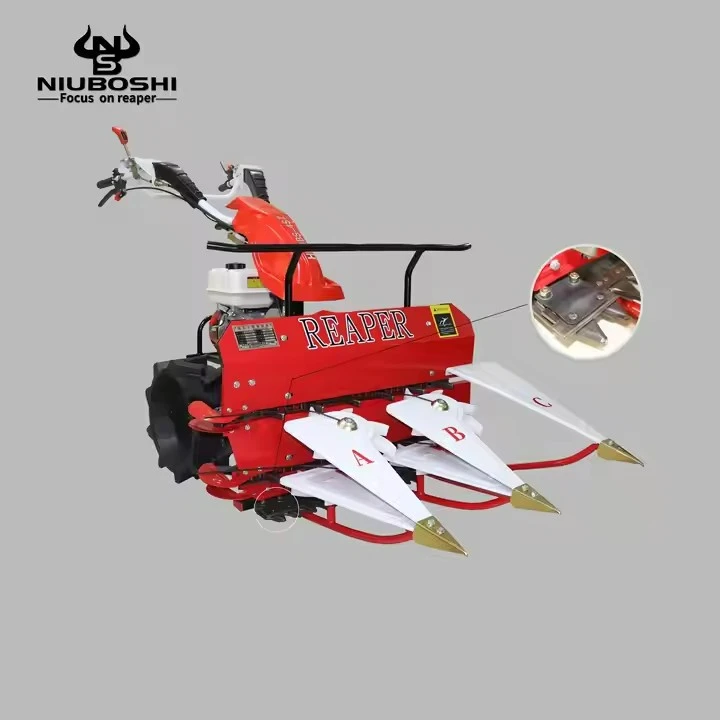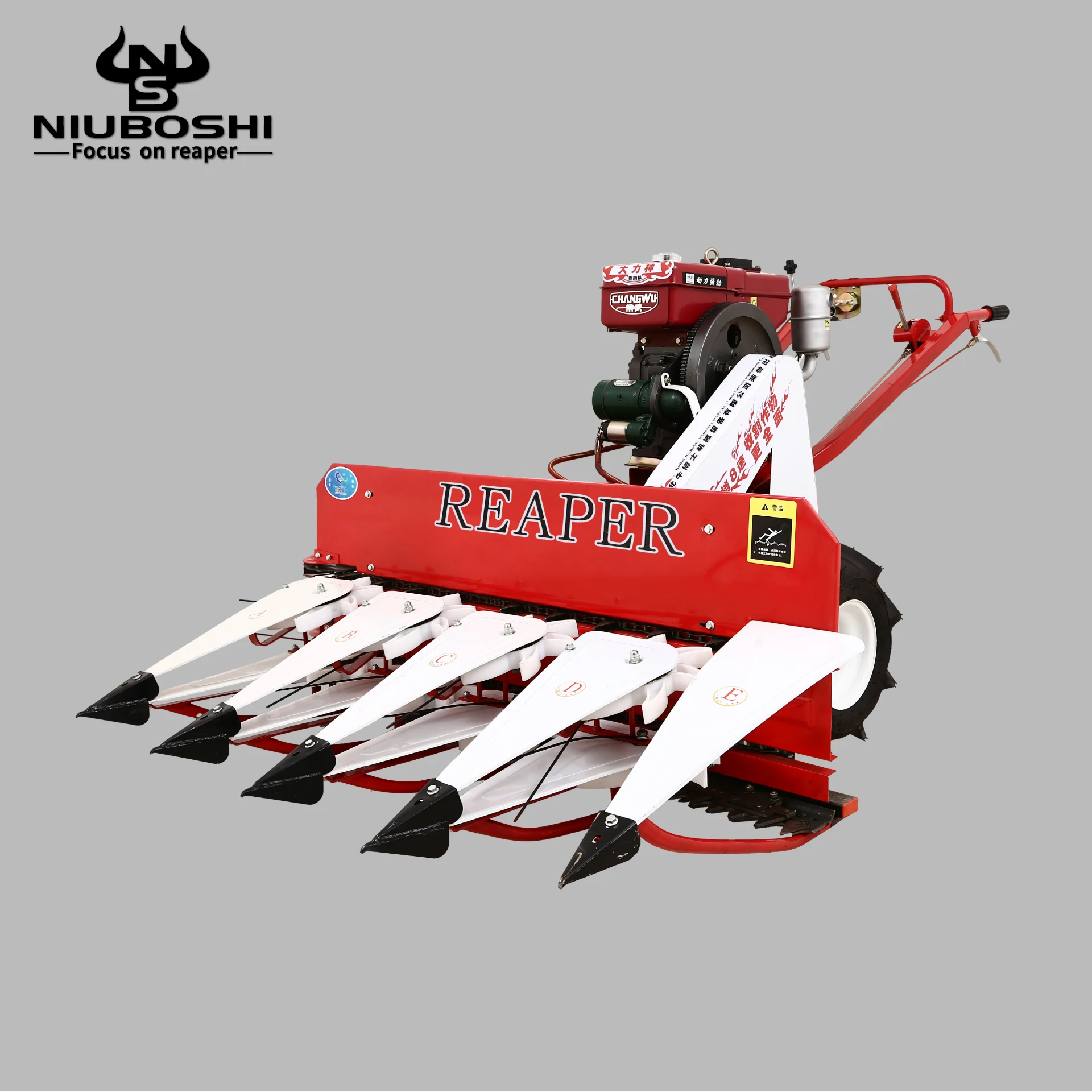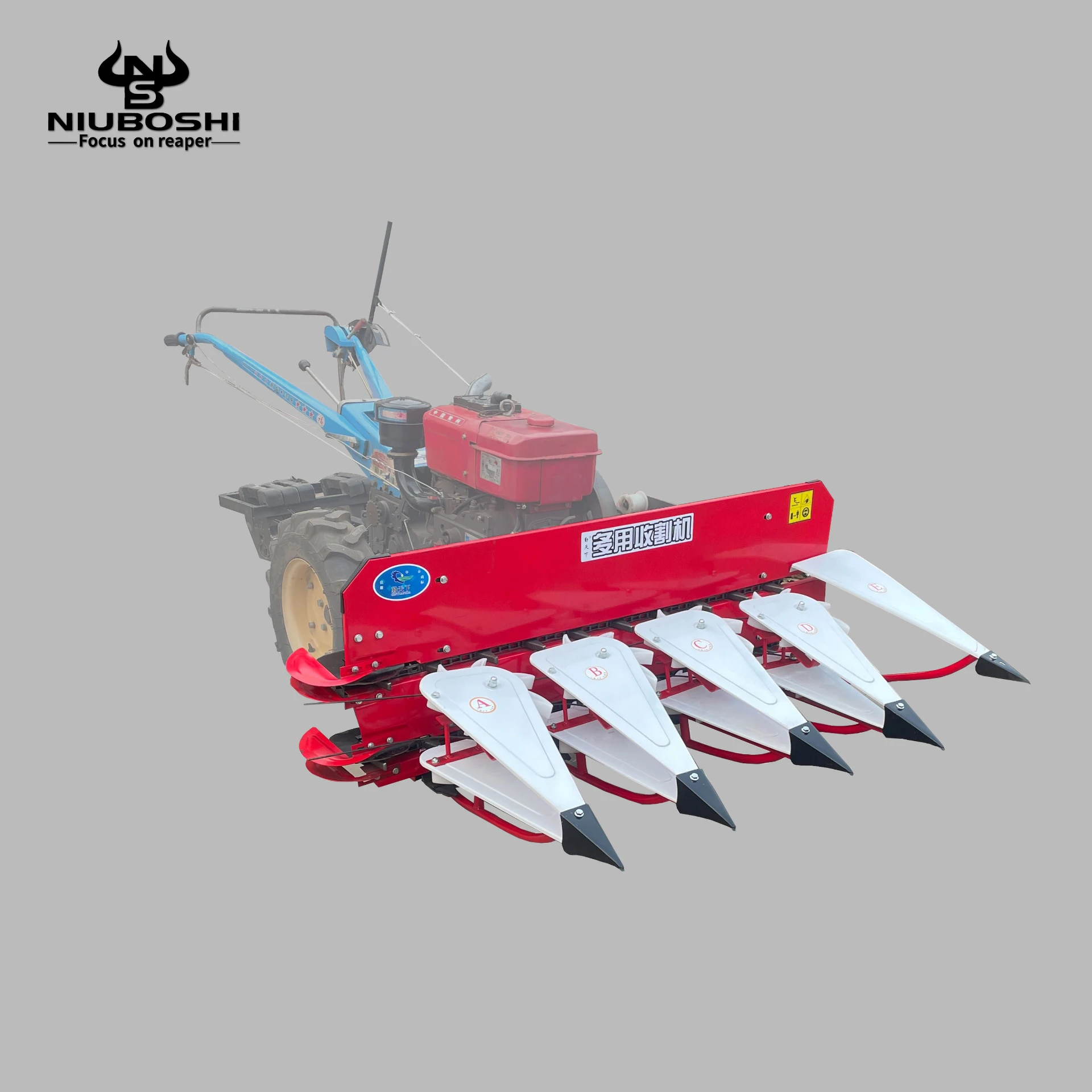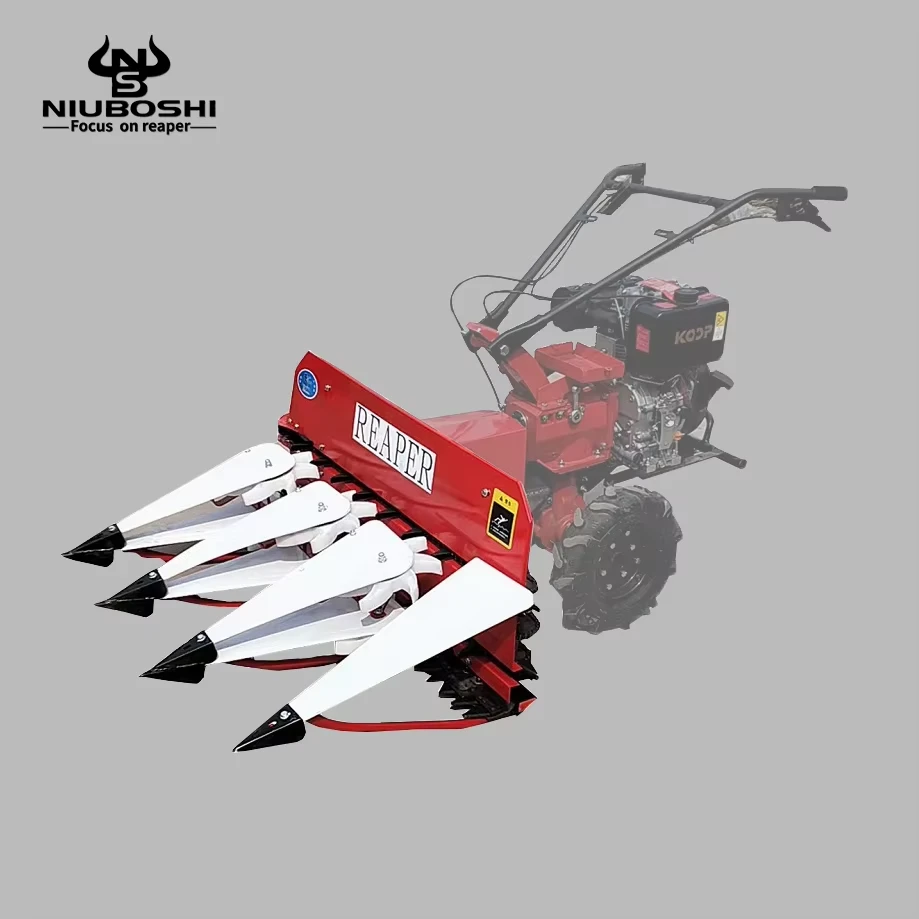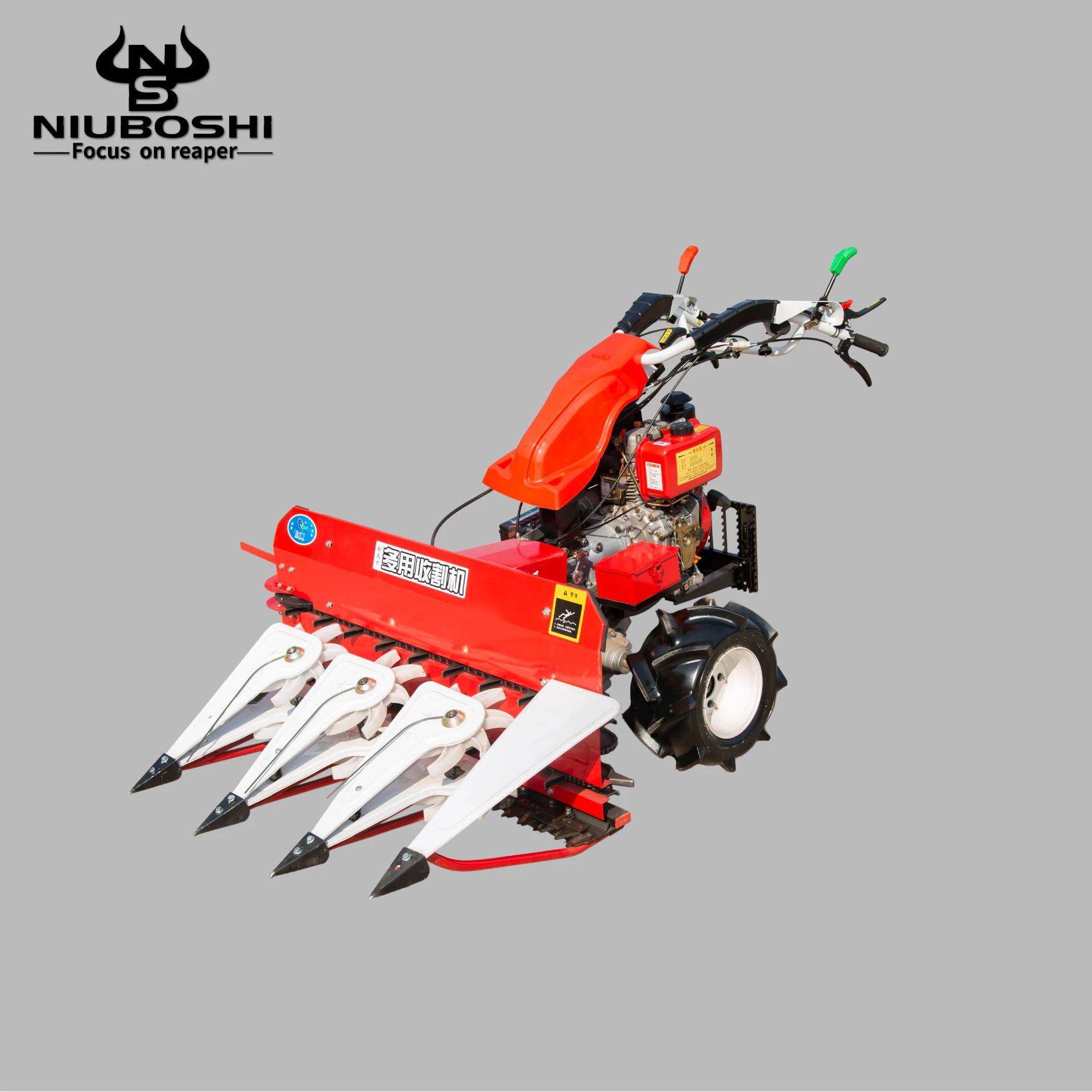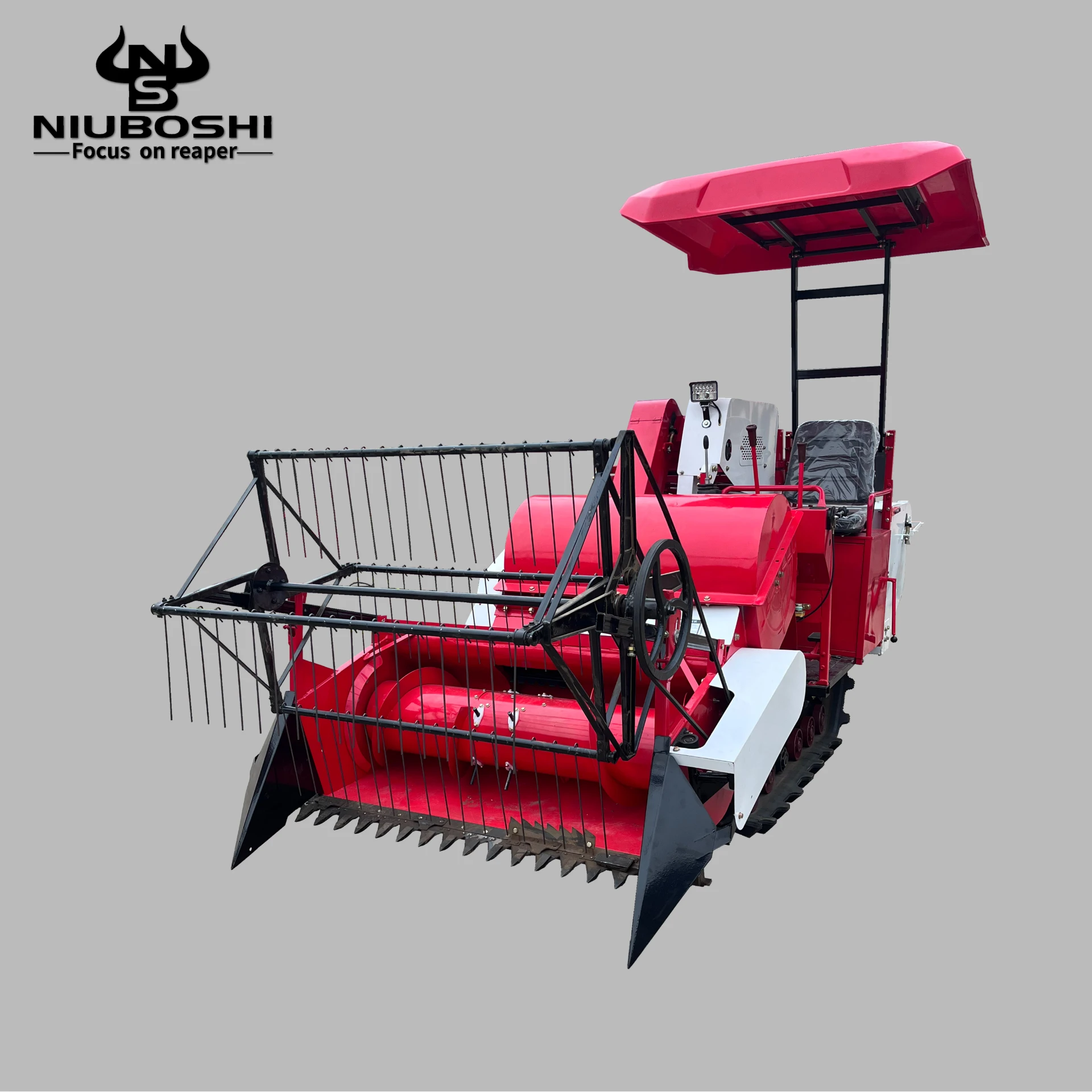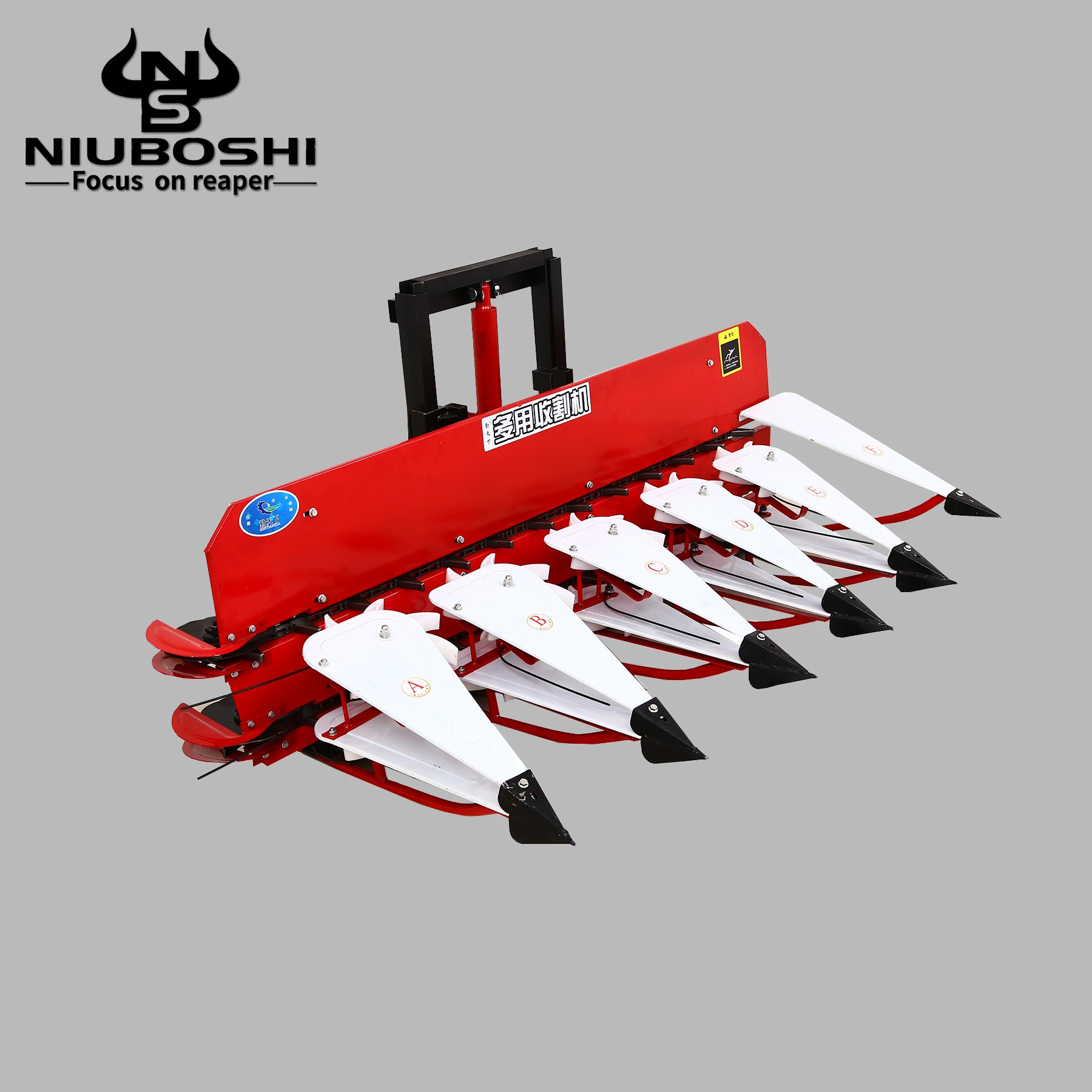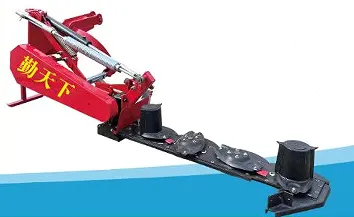Affordable Prices for Modern Rice Reaper Machines Comparison and Buying Guide for Farmers
Understanding the Price of Rice Reaper Machines
The agricultural sector plays a pivotal role in feeding the global population, and within that sector, rice farming holds significant importance, especially in Asia, which produces over 90% of the world's rice. Traditional farming methods, while rich in cultural significance, have become increasingly inadequate to meet the demands of modern agriculture. Hence, the advent of mechanization has led to innovations such as rice reaper machines. This article delves into the factors that influence the price of these machines and their implications for rice farmers.
The Role of Rice Reaper Machines
Rice reaper machines are designed to streamline the harvesting process by efficiently cutting down rice plants and gathering them. Compared to manual harvesting, these machines offer substantial time savings and labor efficiency, enabling farmers to harvest larger areas within shorter timeframes. This not only optimizes productivity but also minimizes post-harvest losses, which are significant in traditional harvesting practices.
Factors Influencing Price
The price of rice reaper machines varies widely based on several key factors
1. Brand and Manufacturer Renowned brands that have established themselves in the agricultural machinery market typically command higher prices due to their reputation for reliability and quality. Well-known manufacturers often invest more in research and development, resulting in advanced features that justify their price tags.
2. Machine Specifications The capabilities of a rice reaper machine significantly impact its price. For instance, features like cutting width, engine capacity, automation levels, and durability can lead to variations in cost. Basic models may start at a lower price point, while more advanced machines equipped with the latest technology can be significantly more expensive.
rice reaper machine price

3. Market Demand and Supply Prices are also influenced by the dynamics of supply and demand. In regions where rice farming is crucial and there is high demand for mechanization, prices may be elevated. Conversely, in areas with less demand or where local alternatives are available, prices might be lower.
4. Geographic Location The cost of importing machines also affects their pricing. In countries where these machines are manufactured, prices may be lower due to reduced shipping and import taxes. However, in regions that rely on imports, transportation costs and tariffs can lead to higher prices.
5. Government Policies and Subsidies Some governments offer subsidies to promote mechanization in agriculture, which can effectively reduce the upfront cost for farmers. These policies can play a significant role in making rice reaper machines more affordable, thus expanding their accessibility.
Investment and Return on Investment (ROI)
While the initial purchase price of a rice reaper machine can be substantial, many farmers find this investment worthwhile when considering the longer-term benefits. By significantly increasing efficiency and reducing labor costs, these machines can lead to a quicker return on investment. Farmers can cultivate and harvest larger areas of land, ultimately resulting in increased yields and profitability.
Conclusion
As the demand for rice continues to grow, the need for efficient harvesting solutions becomes paramount. The price of rice reaper machines varies based on multiple factors, including brand reputation, machine specifications, market dynamics, geographic location, and government support. For rice farmers, investing in a rice reaper machine can dramatically enhance productivity and economic sustainability. With the agricultural landscape evolving rapidly, embracing such technology is essential for remaining competitive in the global market. Understanding the nuances of pricing and investment will empower farmers to make informed decisions that ultimately benefit their operations.
Latest news
-
Mini Combine Harvester for Soybean | Compact & Efficient Soybean Harvesting SolutionsNewsNov.24,2025
-
Mini Combine Harvester for Paddy – Compact, Efficient Rice Harvesting SolutionsNewsNov.24,2025
-
Mini Chain Harvester: Compact Forestry Solutions for Sustainable LoggingNewsNov.23,2025
-
Kartar Mini Harvester – Compact, Efficient Harvesting Machinery for Small FarmsNewsNov.23,2025
-
Compact Power: Elevate Your Farming with Harvesting Machine SmallNewsNov.22,2025
-
Discover the Power and Potential of Harvester Mini Combine Machines | Efficient Small-Scale HarvestingNewsNov.22,2025

